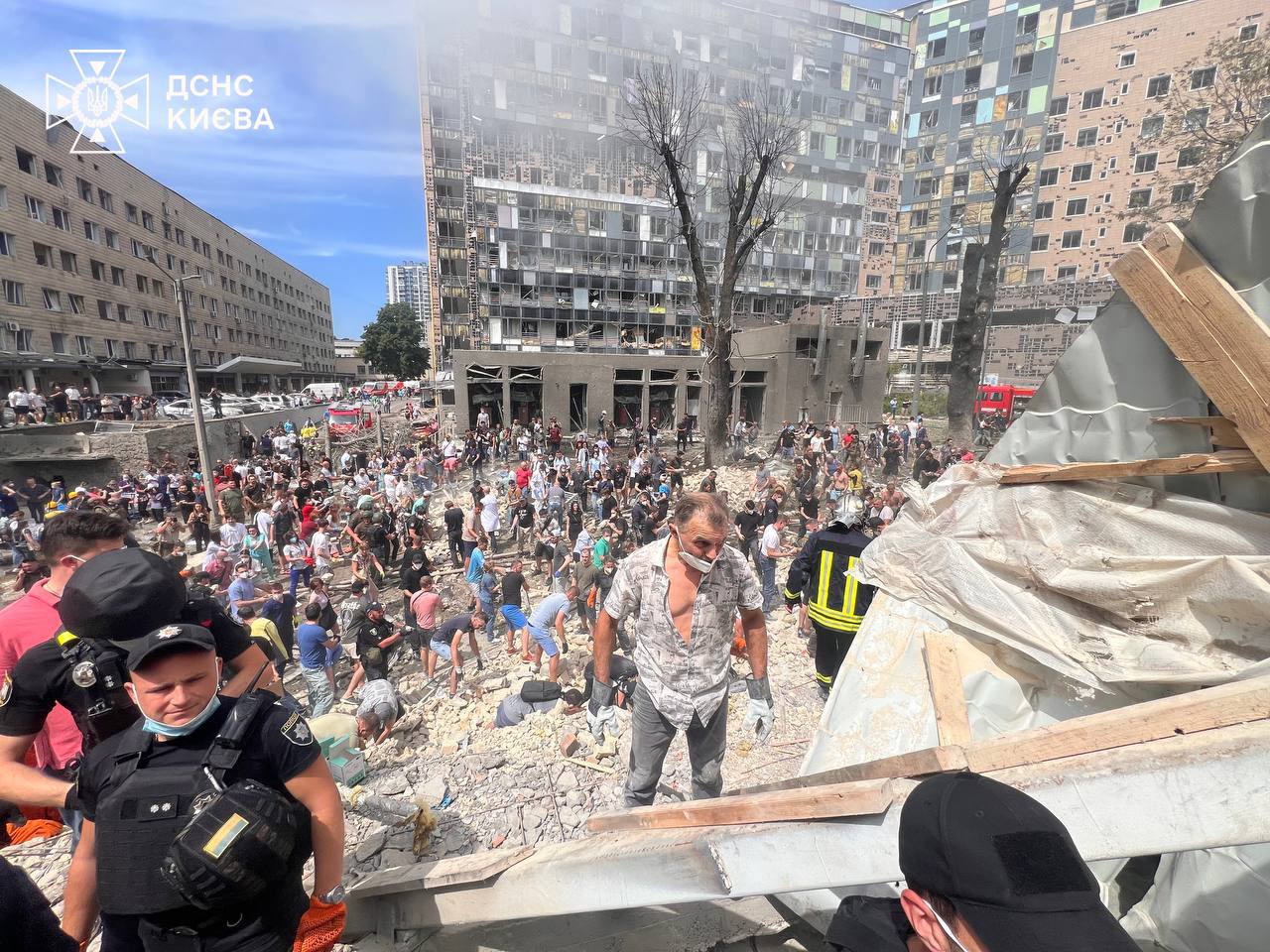On 8 July, a Russian missile attack hit cities across Ukraine, killing at least 38 people and injuring 190. Four children were among the killed.
In Kyiv, the missile strike hit the National Specialized Children’s Hospital Okhmatdyt, Ukraine's largest children's medical center. The toxicology building was struck, killing at least two people including a doctor, and the dialysis facility was destroyed, injuring many as well.
The barbaric act of targeting sick children, including those undergoing treatments including cancer therapy and open heart surgery, prompted widespread public outrage. Russian propagandists tried to shift the narrative by claiming that it was not a Russian missile but rather a Ukrainian air defense system, particularly a Western-supplied one, responsible for the attack.
However, all the available direct and indirect evidence from open sources indicates that the missile striking Okhmadyt Children’s Hospital in Kyiv was indeed a Russian cruise missile from the "Kh'' family, with the Kh-101 being the most likely candidate.
As the Kh-101’s accuracy is in the range of 10-20 meters, this leaves little doubt that the Russian strike on Kyiv’s Okhmatdyt children’s hospital was a deliberate war crime.
1. The missile looks like a Kh-101
First, an initial examination of the missile's external features compared to Western-supplied missiles in Ukraine's air defense arsenal reveals significant discrepancies. In a video released by Ukrainian journalist Tsaplienko, the missile is observed moving at high speed, striking the building and causing a substantial explosion.
Despite the angle limiting a top or bottom view, visible characteristics include wings and a prominent rear section.

These visual cues closely resemble those of the Russian Kh-101 missile.
The large oblong object at the bottom rear corresponds to the drop-down turbofan jet engine, a distinctive feature shared by Kh-101/102 and Kh-55/555 missiles, and completely absent on any air defense missiles which use inboard rocket motors for propulsion.
Furthermore, the observed wing placement aligns precisely with the known configurations of these Kh series missiles. These features are completely absent on air defense missiles.
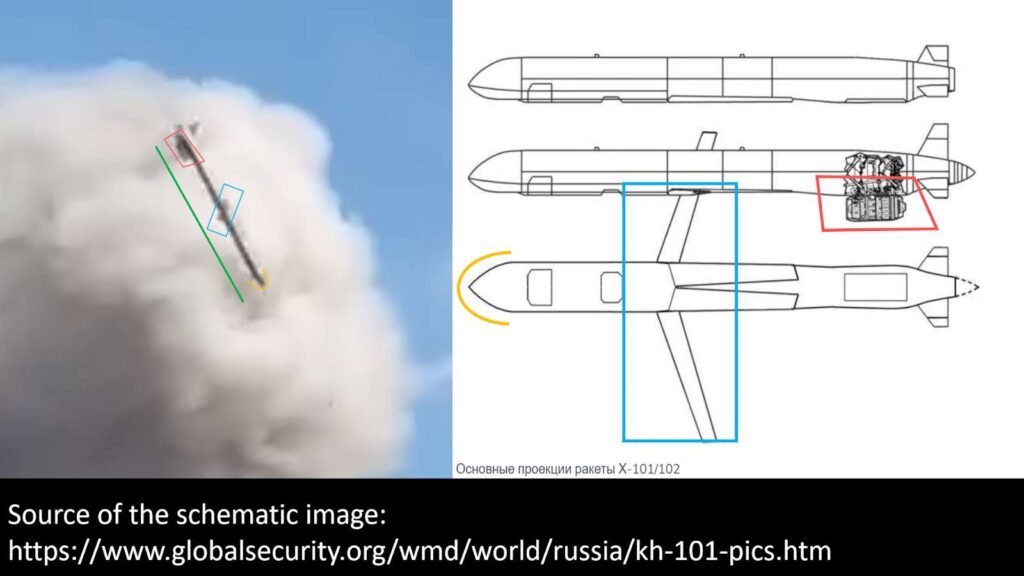
2. It does not look like either a Patriot missile or NASAMS
In contrast, a comparison with PAC missiles, utilized by Patriot air defense systems, reveals incongruent wing placement and lacks the distinctive rear-mounted turbo-jet, further ruling out such systems.
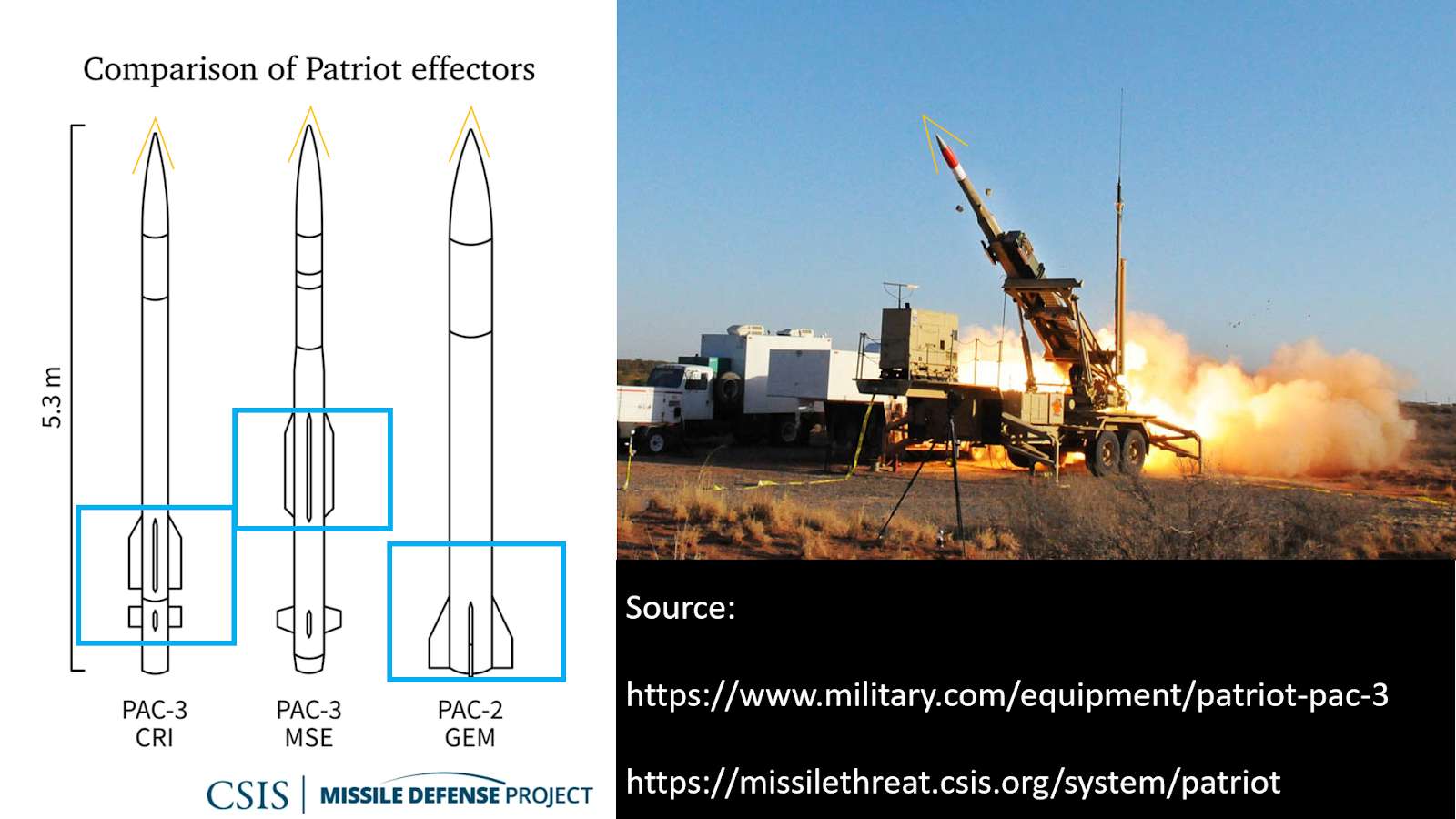
An alternative suggestion published by the First Deputy Permanent Representative of Russia to the UN implicates a missile fired from NASAMS.
However, similarly to PATRIOT PAC-2 and PAC-3 missiles, the NASAMS shape is completely incompatible with the shape of the missile seen in the videos of the strike.
NASAMS can launch various missiles, including the AMRAAM AIM-120, AMRAAM-ER, and AIM-9X Sidewinder variants.
The AMRAAM AIM-120 and AIM-9X have four control fins at the rear, as well as four closer to the front of the missile. Meanwhile, the front fins of the missile seen in the video of the strike on Okhmatdyt hospital have an asymmetric silhouette, indicating that there are only two. Moreover, the AIM-9X’s fins are located much closer to the missile’s nose than on the silhouette.
The AMRAAM-ER does not have any front fins altogether.
In conclusion, it is easily seen that the shape of the silhouette of the missile striking Kyiv’s Okhmatdyt hospital is different from the missiles used with both the Patriot and NASAMS systems.
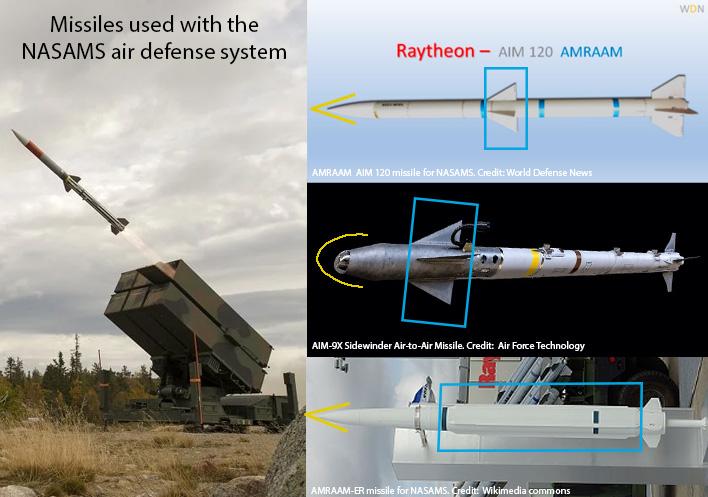
3. The explosion caused at the site is much greater than the capacity of a NASAMS missile
The explosive payloads of AIM-120 used in NASAMS or PAC-3 missiles used in Patriot (up to 18 kg and 330 grams respectively) are significantly smaller compared to the hundreds of kilograms typical of Kh-101 missiles. The intense observed blast radius and damage patterns, including burn marks, can correspond only to the significant payload carried by a cruise missile.
Trending Now
The claim that a PAC-3 missile, with a payload akin to a hand grenade, caused extensive external damage to buildings located 60 meters away from the impact site, not only lacks credibility but also defies simple logic.
The PAC-2 blast-fragmentation warhead, also used in the Patriot air defense system weighs approximately 90 kg and is known for causing extensive fragmentation damage upon explosion, leaving numerous fragments. However, the absence of any located fragments contradicts this description. Additionally, there is no visual confirmation linking the PAC-2 missile to the one seen striking the hospital in the video footage.
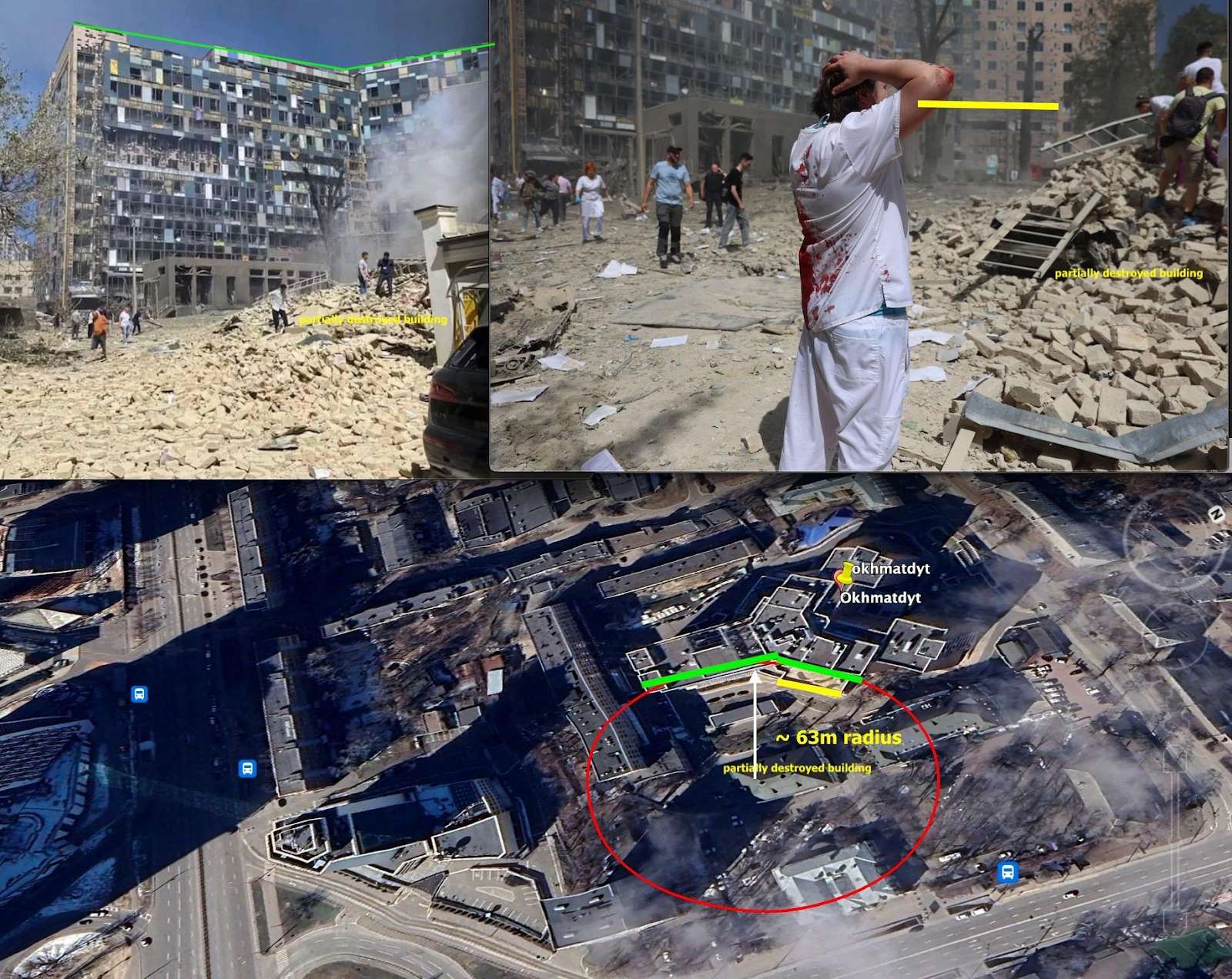
4. The missile sounded like a Kh-101
Regarding sound characteristics, the subsonic Kh-101, propelled by a TRDD-50A turbofan, emits a distinctive continuous jet engine sound. This turbofan enables it to fly thousands of kilomeneters, and its sound immediately recognizable to experienced observers who follow the Russo-Ukrainian war, consistent with numerous documented instances of Kh-101 and Kh-55 flights.
In contrast, supersonic missiles like the AIM-120 or AIM-9, as well as Patriot missiles, produce markedly different sounds due to their higher velocities and completely different propulsion type – rocket motors. They produce brief but intense roars and sonic booms, being desiged for rapid short-disance air-to-air combat with sophisticated guidance systems.
4. The missile sounded like a Kh-101
— Euromaidan Press (@EuromaidanPress) July 9, 2024
This subsonic missile is powered by TRDD-50A turbofan allowing it travel thousands of kms. Its recognizable whistling continuous engine sound is totally different to Patriot/NASAMS pic.twitter.com/Svsqb1rP90
5. Ukraine claims missile fragments recovered at the site are from a Kh-101
Furthermore, despite the magnitude of the explosion, remnants of the missile such as debris and identifiable parts, were recovered. While these parts are challenging to identify conclusively, photographic evidence released by the Ukrainian Security Service includes markings on missile fragments.
These materials provide tangible evidence that can be scrutinized by independent investigators to ascertain their origin, reinforcing the assertion of Russian cruise missile involvement.
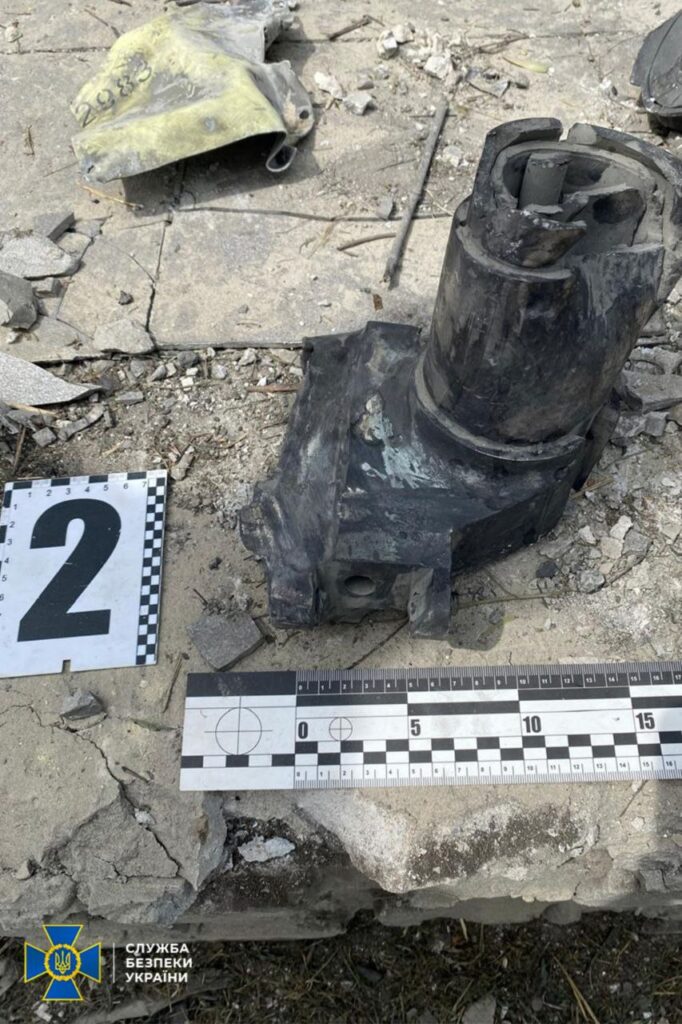
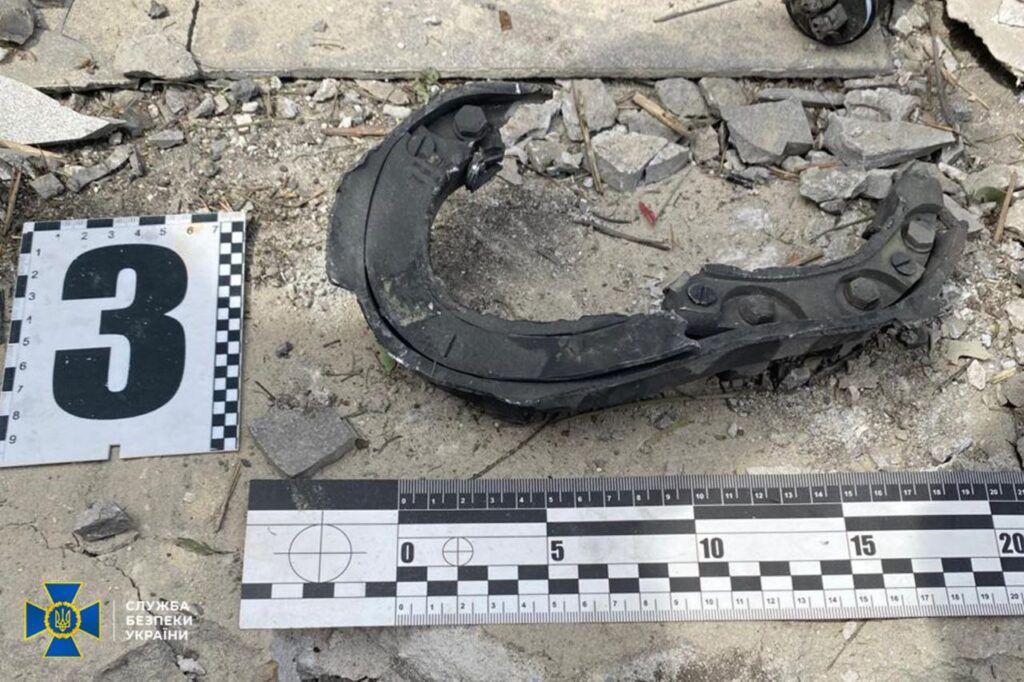
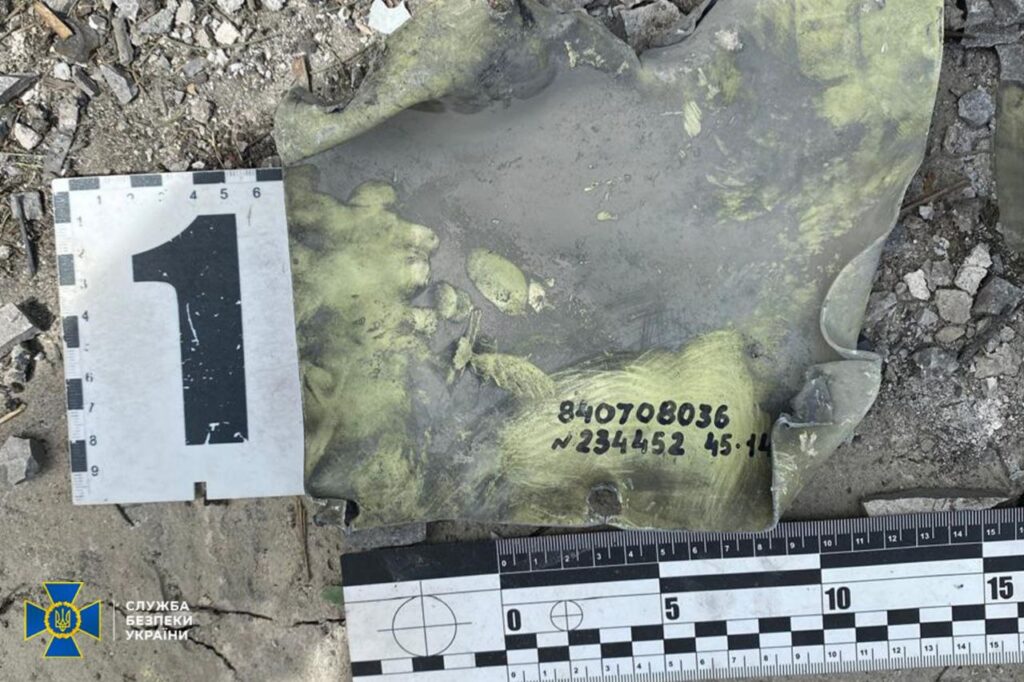
The cumulative evidence, including visual observations, technical characteristics, sound profiles, and physical remnants, strongly supports the assessment that the missile responsible for the Kyiv hospital incident was indeed a Russian cruise missile from the "Kh" series, specifically Kh-101.
As the Kh-101 has a pre-programmed flight path and circular error probable ranging from 6 to 20 meters, virtually no doubt remains that its hit on the Okhmatdyt children’s hospital in Kyiv was a deliberate Russian attack on critical civilian infrastructure protected by the Geneva convention -– simply speaking, a war crime.
Alya Shandra contributed to this article
Related:
- Okhmatdyt hospital rescue ends: Russian attack killed two, injured 32
- Russian missile barrage devastates Kyiv children’s hospital, kills dozens across Ukraine
- No change in US weapon restrictions for Ukraine after Russia’s attack on Kyiv hospital, Kirby says
- Russia struck children’s hospital in Kyiv with Kh-101 missile, SBU saysussian missile barrage devastates Kyiv children’s hospital, kills dozens across Ukraine
4. The missile sounded like a Kh-101
— Euromaidan Press (@EuromaidanPress) July 9, 2024
This subsonic missile is powered by TRDD-50A turbofan allowing it travel thousands of kms. Its recognizable whistling continuous engine sound is totally different to Patriot/NASAMS pic.twitter.com/Svsqb1rP90

